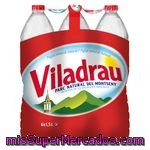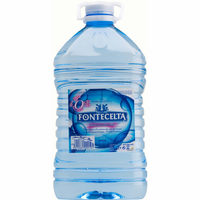The main point can be understood just be reading the question. But there's more to it. I want to buy around 300 liters of water to stack them up against the wall through which I get (and produce) noise.
I know there are better ways for reducing noise in a room, but please don't consider them.
There are many unknowns like: the height of the wall, the volume of the room etc. I hope they aren't crucial for answering the question and that having in mind "all other things being equal" will be enough. I would love to hear the answer to the question if I add some variations to it:
- What is better? Big bottles of water (i.e. 5l) or smaller ones (i.e. 1.5l or even 0.5l).
How much is the form of the bottles (for example, circular or square base.) important for the solution.
is there any difference in the efficiency of the solution if I use regular mineral water (in this case the bottle is tender and easier to deform) over carbonated, sparkling water (of which bottles are stiff and can bounce if dropped them on a concrete surface)
I have a pretty good understanding of physics but no experience regarding acoustics. Even though it is a real-life problem, I would love to read some deeper insights about the solution/strategy. Hopefully for me, It's gonna be a good introduction to water acoustics.


